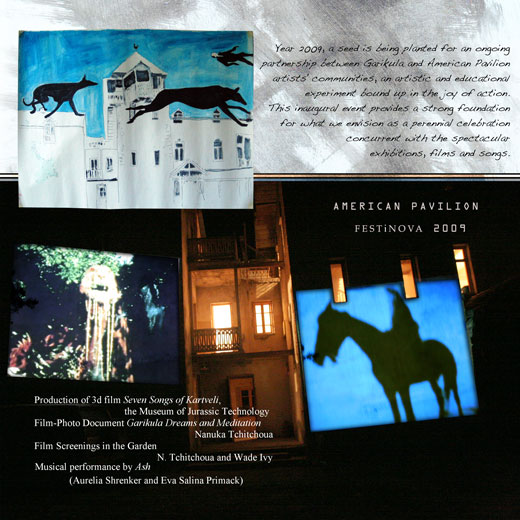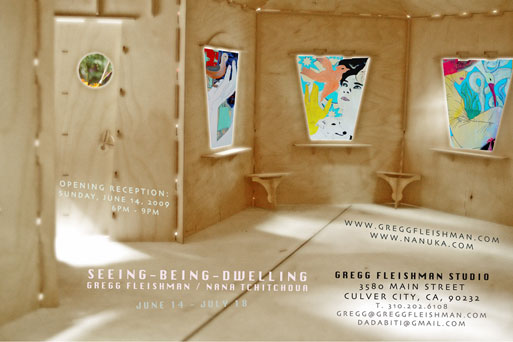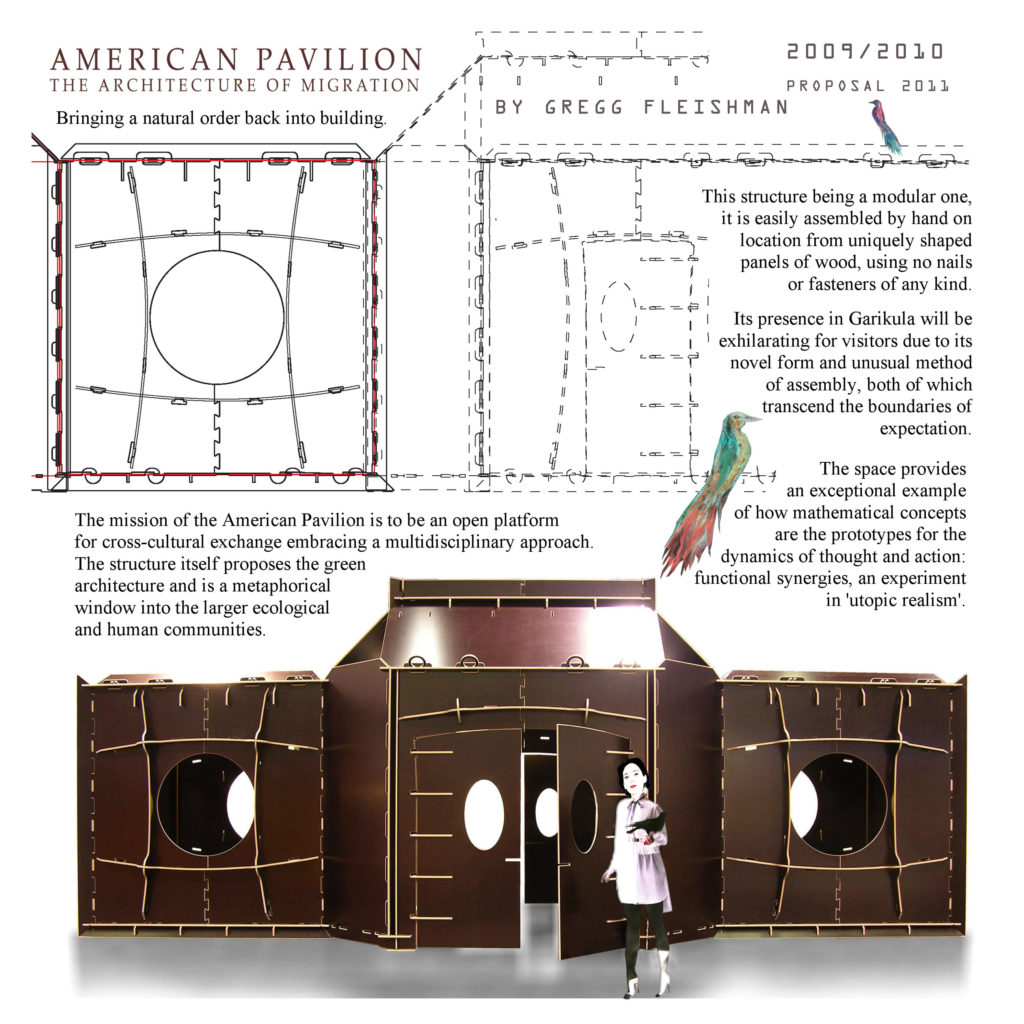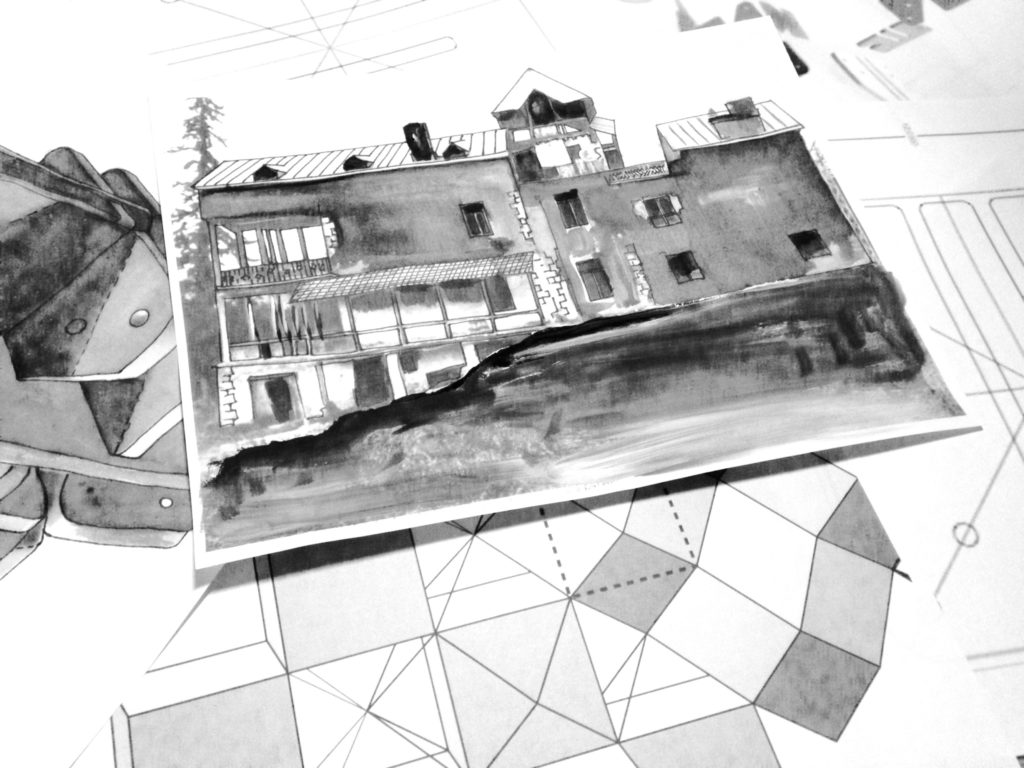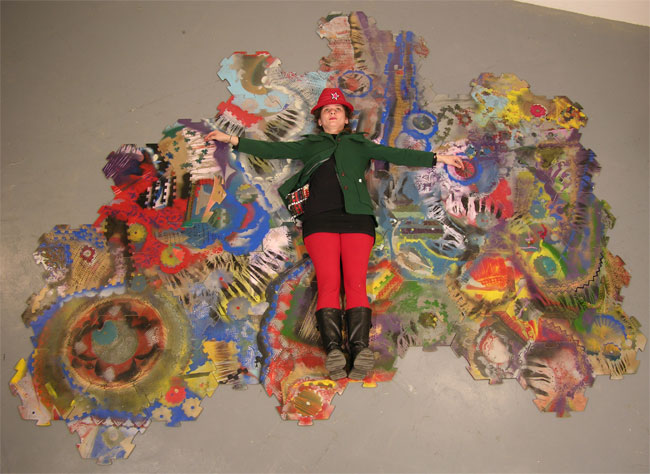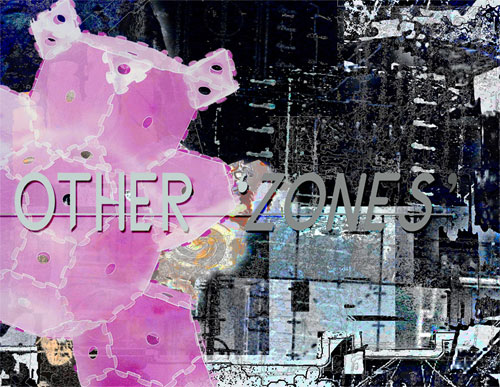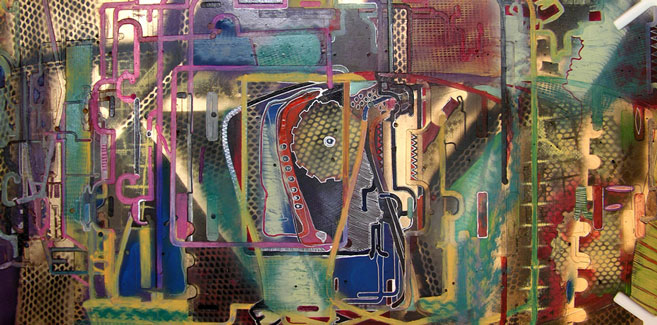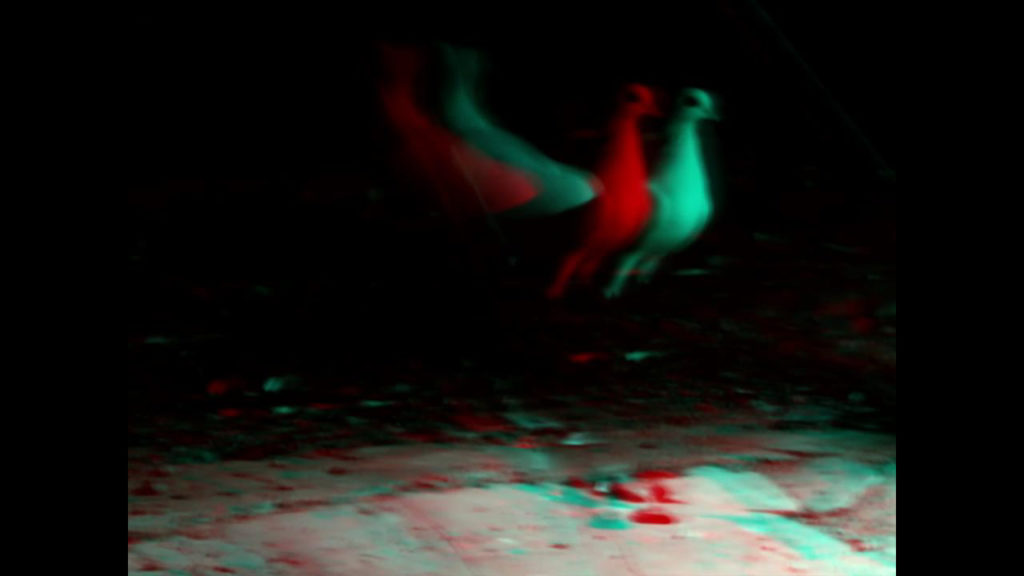
Expedition
Film by The Museum of Jurassic Technology
This past year the Museum’s film crew traversed the countryside of Georgia. While utilizing specialized 3-D film contrivances and custom built technical equipment, the crew engaged with local inhabitants, performing artists and artisans. The film crew from the Museum of Jurassic Technology has accomplished the great task of editing the footage gathered during their travels into a beautiful stereo rendering of Georgian life. In its final form the film consists of seven chapters illuminating the tales once told by the seventeenth century Georgian lexicographer and fabulist, Sulkhan-Saba Orbeliani. Born into a prestigious dynasty of Georgian nobility, Orbeliani lived out his days educating royalty. Well known for compiling the first extant dictionary in the Georgian language, Orbeliani also wrote a collection of instructive fables directed toward his pupil and nephew, King Vakhtang VI. The films are collectively entitled The Book of Wisdom and Lies, or The Wisdom of Lies, referencing this great work of mythology composed by Orbeliani. The debut of the film will be the inaugural screening in Fest i Nova 2010 as part of the American Pavilion program, paving a new path of film-making in this medium, moving into less traditional modes of presentation.

